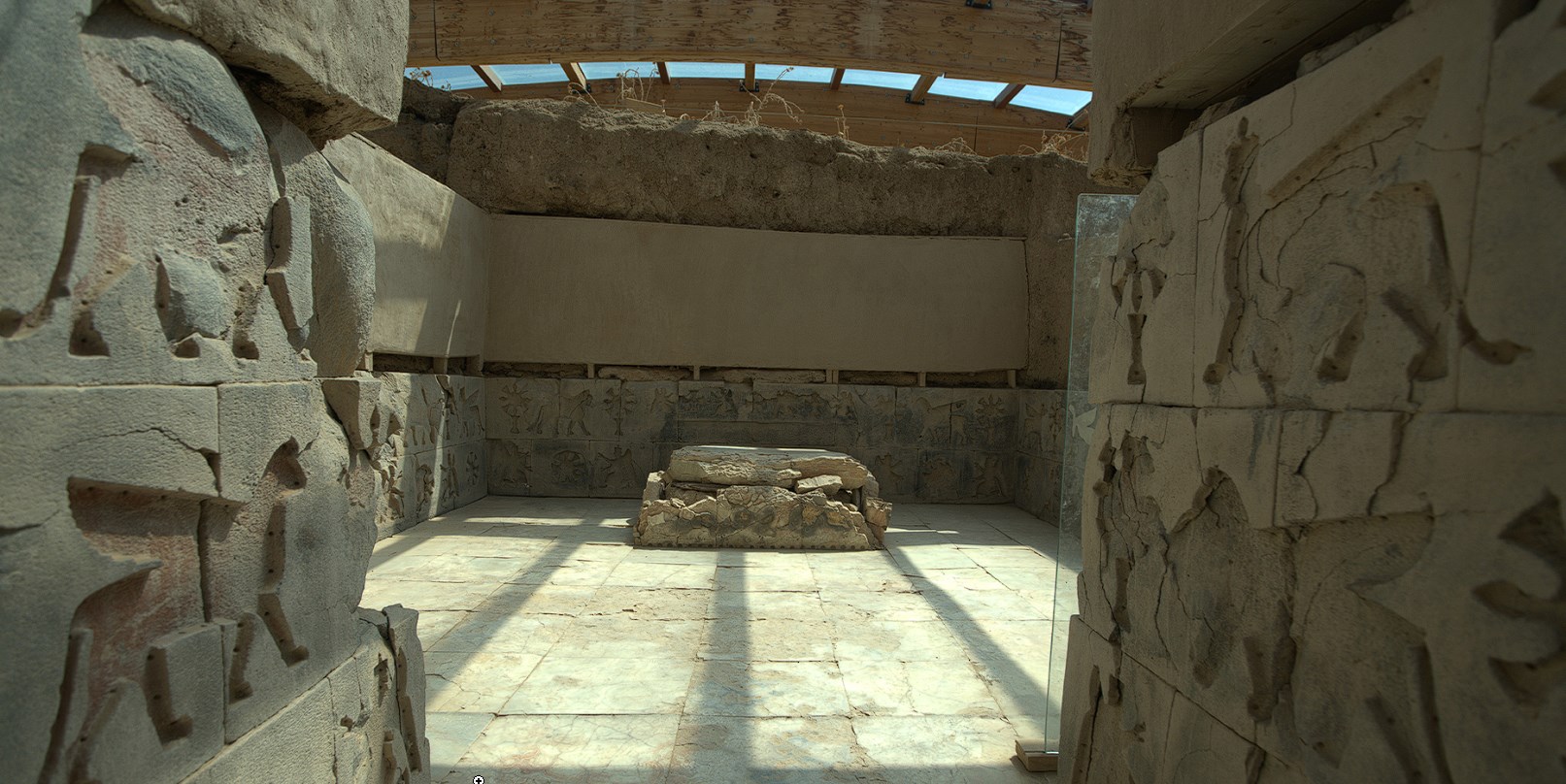Archaeologists in Turkey have unearthed the skeleton of an elite individual who may have met an untimely death during an earthquake in the region 2,700 years ago.
Wearing jewelry and surrounded by weapons and artifacts, such as a double-sided inscription, and seals – small items used for “designating signature, private property, ownership and authority,” this individual no doubt lived an opulent life in the eighth century B.C. until they fell to their death within the fortress, with their personal belongings in tow, said Mehmet Işıklı, head of the Ayanis excavations and professor in the Atatürk University Department of Archaeology.
The fortress was built in Ayanis, an Urartian center in Turkey’s Van province where the skeleton was found. The Iron Age kingdom of Urartu reigned from the ninth to sixth centuries B.C. and spanned from what is now Armenia to western Iran to eastern Turkey, where Ayanis is located.
Scholars have long speculated that an earthquake and subsequent fire caused the downfall of Ayanis. Since excavations began there in the late 1980s, there has been a “lack of such evidence to support the proposed earthquake scenarios for the end of the city,” Işıklı told Live Science via email. The finding of this skeleton lends critical evidence to the earthquake hypothesis, Işıklı said.
more at livescience.com
(Image credit: Mehmet Işıklı)
Ask me anything
Explore related questions





